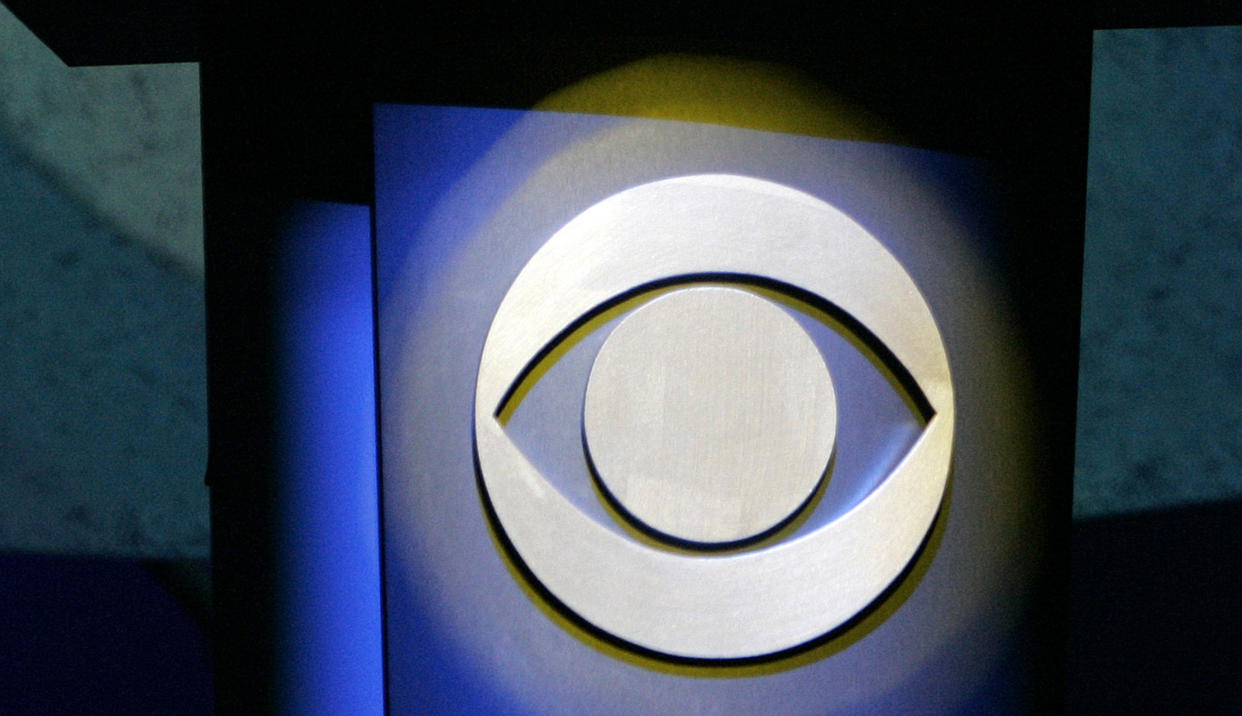CBS 4Q earnings, revenue beat on TV show sales

NEW YORK (AP) — CBS Corp. on Wednesday reported fourth-quarter earnings and revenue growth that beat Wall Street expectations, posting flat advertising revenue but growth in content licensing thanks to the sale of shows such as "Hawaii Five-O" for domestic reruns.
Along with the earnings announcement, the company said it would quadruple the pace of its share buybacks in the current quarter as it spends cash raised from the pending spin-off of its outdoor billboard business.
CEO Les Moonves also told analysts on a conference call that the company was setting its sights on generating $2 billion a year in 2020 from so-called "retransmission fees" that it gets from cable and satellite distributors for the right to carry CBS content.
Those fees were at the heart of a dispute between CBS and Time Warner Cable Inc. last fall that resulted in a monthlong blackout. The goal is up from $1 billion a year the company is eyeing for 2017.
"Looking down the road, we don't think it's a tough putt to get to that $2 billion," Moonves said.
Investors cheered the upbeat news, sending shares up $2.80, or 4.5 percent, to $64.65 in after-hours trading. Earlier, shares had closed up 95 cents at $61.85.
Net income in the three months through Dec. 31 rose to $470 million, or 76 cents per share, from $393 million, or 60 cents per share, a year earlier.
Excluding restructuring charges, adjusted earnings came to 78 cents per share, beating the 76 cents expected by analysts polled by FactSet.
Revenue grew 6 percent to $3.91 billion from $3.7 billion a year earlier, and topped the $3.82 billion analysts expected.
CBS said it plans to finish the spinoff of its outdoor billboard business as a real estate investment trust by the end of March. The company also said it has raised $1.6 billion in new debt. Most of the funds will go toward buying back shares worth about $2 billion in the quarter through March, up from a planned buyback pace of about $500 million.
After the spinoff, the remaining company's revenue will be split roughly evenly between advertising and non-advertising sources. The company has tried to diversify its sources of revenue so that it doesn't rely so heavily on advertising and can better withstand downswings in the economy.

